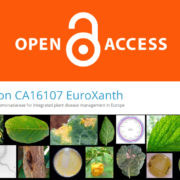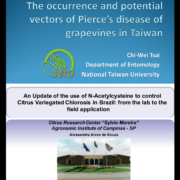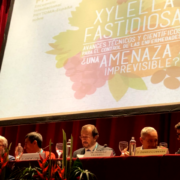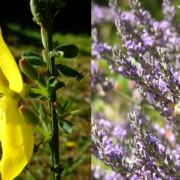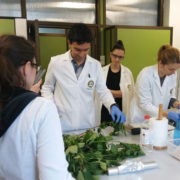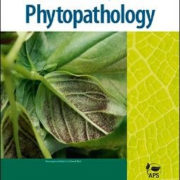Evaluating biocontrol of Xylella fastidiosa disease in olive with a beneficial endophyte
Authors
Massimiliano Morelli (1), Giusy D’attoma (1,2), Maria Saponari (1), Annalisa Giampetruzzi (2), Pasquale Saldarelli (1)
Affiliations
(1) Consiglio Nazionale delle Ricerche-Istituto per la Protezione Sostenibile delle Piante (CNR-IPSP), Sede Secondaria di Bari, 70126, Bari, Italy. (2) Università degli Studi di Bari Aldo Moro, Dipartimento di Scienze della Pianta, del Suolo e degli Alimenti (DiSSPA), 70126, Bari, Italy.
Abstract Oral Presentation
Xylella fastidiosa (Xf) subsp. pauca phylotype ST53 is responsible for a devastating disease on olive crops, in the southern area of Apulia (Italy).
Despite the vast literature available on Xf-host relationships, scarce and barely recent efforts have been made to investigate the potential role of microbial interactions on the disease phenotype of Xf-infected plants. In the larger context of an ongoing characterization of the microbial community inhabiting the vascular endosphere of olive cultivars showing different susceptibility to Xf infection, the present study is attempting the identification of a bacterial endosymbiont that may play an antagonistic role against Xf disease progress. Recently, the plant growth-promoting rhizobacterium Paraburkholderia phytofirmans PsJN (Pp), known to improve plant tolerance to abiotic stresses, has been found capable of mediating resistance mechanisms against virulent bacteria. On this premise we started to evaluate the potential for using Pp in a biocontrol strategy, to reduce symptom severity in Xf ST53-infected olives. Endophyte behaviour in olive is still poorly characterized, and recent studies reported that several symbionts isolated from xylem tissues in woody crops scarcely survive and move beyond the point of inoculation when artificially re-introduced. Here we report our successful attempt with P. phytofirmans PsJN, as it was proved that the strain was capable of long-term survival, relevant growth and active movement in the olive vascular system.
Having established its efficient endophytic colonization in olive, further experiments are now underway to investigate if Pp could affect the growth of Xf ST53 in artificial conditions or inhibit symptom appearance in olive or other susceptible indicator plants.
This work was supported by the European Union’s Horizon 2020 Research and Innovation Programme, under grant agreement No. 635646, POnTE (Pest Organisms Threatening Europe).
Published on December 13, 2017 by EUROXANTH COST ACTION CA16107

